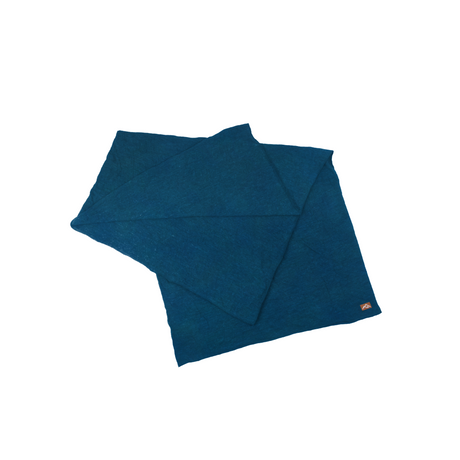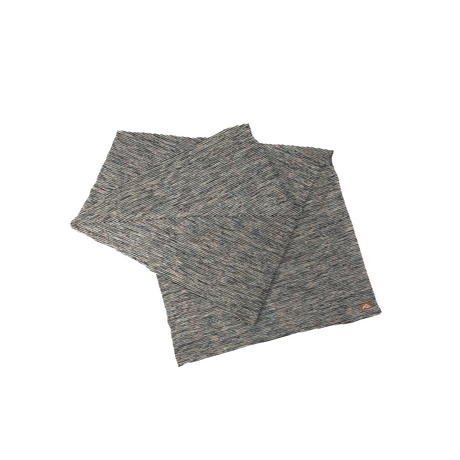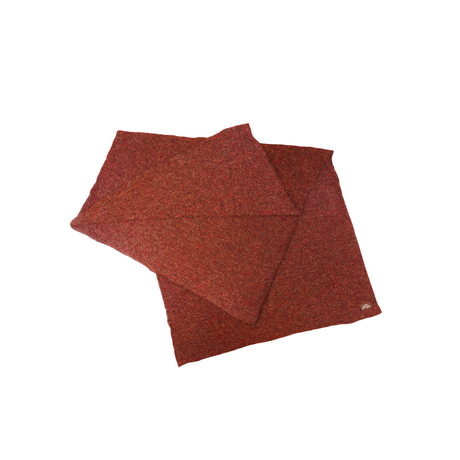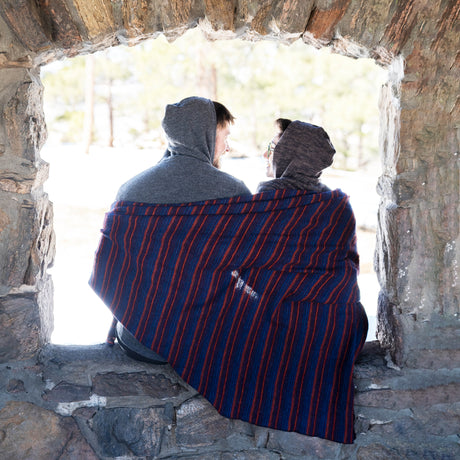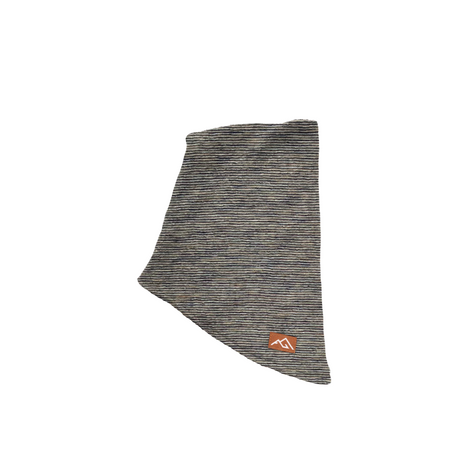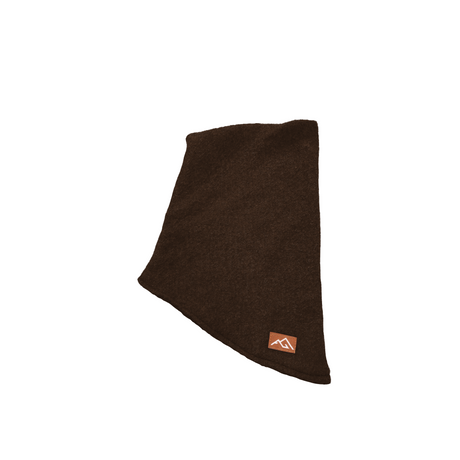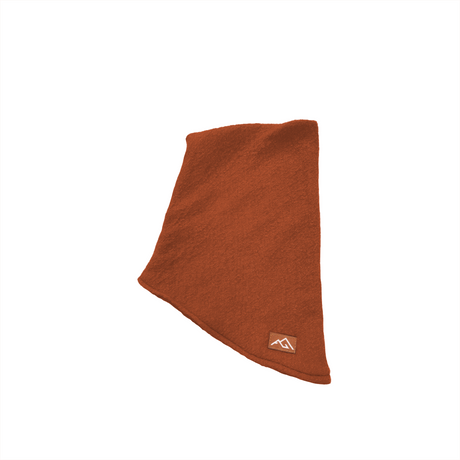By Colleen Goldhorn
It’s an age-old dilemma – to spend the summer months relaxing at the beach or playing in the mountains? We’re excited to say that we finally uncovered a way to combine the two into the adventure of a lifetime.
Coastal backpacking is a fantastic way to combine the best parts of the shore with our favorite parts of backcountry camping. Long stretches of empty beaches, warm summer air, and nights spent falling asleep to the crashing of waves offer the adventure craved by backpackers in this unique type of hike. Washington, Oregon, California, Maine, and Vancouver are just a handful of places known for their world-class coastal trails, and there are even a handful of long-distance routes spread across our nation’s beaches.
However, this style of backpacking involves a few obstacles that aren’t typically considered on more mountainous trails. From tide changes to challenges to finding fresh water, we compiled a must-do list of things to prepare for before heading out on a coastal hike of your own.
1. Pay Attention To Tides
One of the most important things to consider on a coastal hike is the daily tide table. Many sections of beach become impassable during high tide, and getting caught on a narrow stretch of shore during this time of day can become a life-threatening situation. Staying safe with the ever-changing tide requires some advanced planning, and luckily many coastal maps will mark areas that are impassable during high tide. Beware that not all high tides bring water to the same level on the beach, and depending on the time of year you are hiking, some high tides can see an increased amount of water over others.

Setting up camp in the sand along the Washington Coast. Photo by Colleen Goldhorn
2. Bring The Right Footwear
Coastal backpacking is not the time for a barefoot or flip-flop hike along the water. Hikers will want to prioritize protecting their feet from shells and driftwood, as well as keeping feet as dry as possible to prevent blisters. Although closed toe shoes are the opposite of what’s commonly associated with the beach, hiking boots or trail runners are ideal for keeping your feet protected, while offering support for a long day spent walking in loose sand. It also pays to bring more socks than you typically would on a mountainous route as it's challenging to get sand and salt out of socks each night, and these small items often cause blisters.
3. Practice Safe Food Storage
Depending upon which part of the country you are hiking in, bears, racoons, and even mountain lions have all been spotted on beaches, which means that proper food storage is a must. Although some beaches will have more options for hanging a bear bag than others, a bear canister is always the safest bet so that you can keep your food secure even in more open areas without a ton of trees. When placing your bear canister, be aware of the tides and store your food away from the high tide line to prevent the water from taking your canister out to sea.

Picturesque dinner views. Photo by Colleen Goldhorn
4. Plan For Proper Water Filtration
Obtaining fresh water in coastal areas is one of the biggest challenges for hikers. Although some beaches will have fresh water streams dumping water into the ocean, many more beaches are barren in terms of fresh drinking water. Do your research and plan your water sources – as well as the amount of water you are carrying – accordingly. When you do find access to fresh water, it oftentimes will have a “tea-like” coloration to it. Although it can vary by water source, this water is oftentimes still safe to drink after being properly filtered. That said, many hikers also choose to add an additional layer of protection in coastal areas by chemically treating their water as well. Also be mindful that water filters will quickly fill with silt and tannins in many coastal water sources, which may cause your filter to run slowly. It pays to know how to clean your filter in the backcountry, as well as bringing along an extra depending on the length of your trip.
5. Keep Yourself & Your Gear Dry
Weather on the coast is often misty and damp, and factors such as humidity, pop-up thunderstorms, and fog almost guarantee that you will get wet on a coastal backpacking trip. Plan accordingly by packing a synthetic or hydrophobic down sleeping bag and jacket, and by keeping all of your gear in waterproof stuff-sacks. Packing a rain jacket and rain cover for your pack are also essential. On the personal hygiene level, bringing a small pack of moist towelettes, as well as a small camp towel, can be great for wiping salt and sand off your body before curling into your sleeping bag. This also keeps your sleep set-up clean and comfortable throughout your trip by preventing salt buildup or excess sand on your gear.

Sunset over the Pacific from our campsite. Photo by Colleen Goldhorn
6. Pack The Right Shelter
Given the loose sand that is found in many coastal areas, a free-standing tent works best to ensure your shelter stays upright regardless of ground conditions at your chosen site. It also pays to bring along sand stakes to keep your fly in place throughout the trip. When choosing your tent site for the night, be aware of the tide tables and high tide lines along the beach. Always set up your tent away from high tide areas, and be mindful of larger pieces of driftwood that may be carried to shore (and near your campsite) by the tide.
Coastal backpacking is truly the best of both worlds – warm, rustic beaches meet the adventure that many of us crave during the summer months. However, this unique experience comes with a handful of factors to consider to ensure a safe and enjoyable trip. From tide tables to choosing the right gear, paying attention to – and being prepared for – the ever-changing conditions on the coast will help make your next coastal backpacking endeavor a trip to remember.








